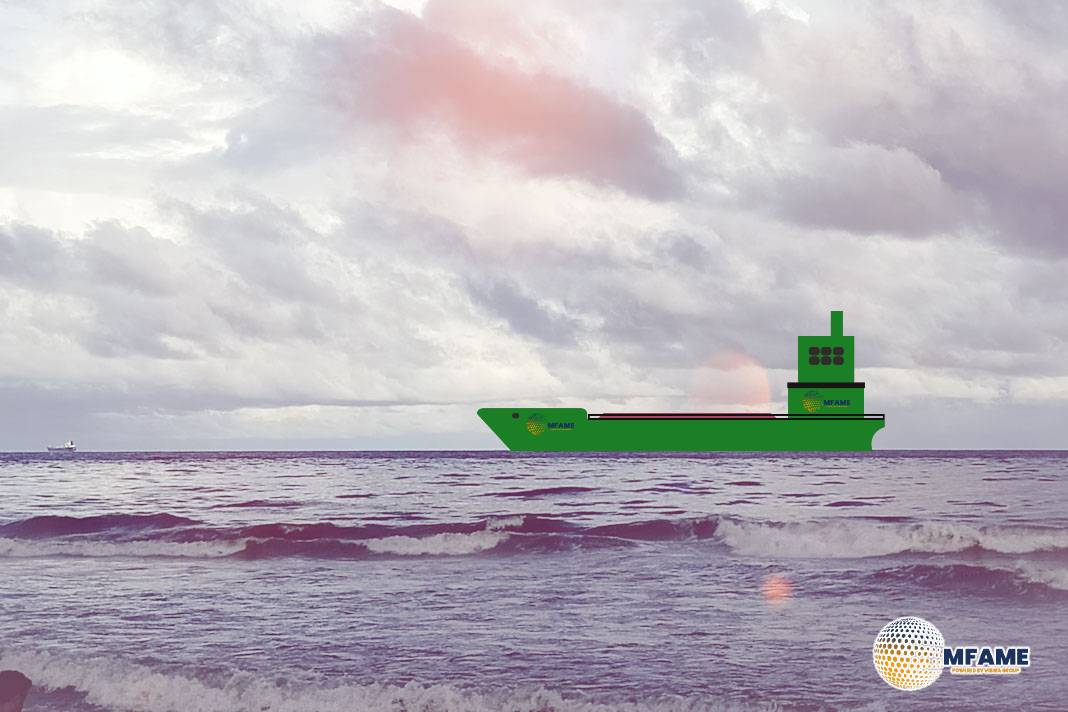 In response to broad U.S. sanctions, Russian oil exporters are adjusting their supply chains, with unsanctioned tankers stepping in to maintain crude shipments.
In response to broad U.S. sanctions, Russian oil exporters are adjusting their supply chains, with unsanctioned tankers stepping in to maintain crude shipments.
Key Developments
New Tankers in the Pacific Trade
- Ling Hong (formerly Suvretta), a 17-year-old Aframax tanker, docked at Kozmino over the weekend.
- It loaded 670,000 barrels of ESPO crude for delivery to Dongying, China on Feb. 7.
- Another unsanctioned tanker, Bhilva, is expected to dock at Kozmino on Monday.
Shifting Logistics Amid Sanctions
- Biden administration sanctions targeted 70% of Kozmino’s servicing fleet.
- Traders have adopted a new pricing model, and shipping costs have surged.
- Some tankers previously transporting oil from Russia’s western terminals have been redirected east.
New Entrants in the Baltic Trade
- Breeze III, a 20-year-old Aframax, loaded 660,000 barrels at Ust-Luga (Baltic Sea) in January.
- The vessel sailed through the Mediterranean & Suez Canal, currently near Ain Sukhna, Egypt.
- It is expected to reach Saudi Arabia later this week.
Market Impact & Outlook
- Chinese refiners remain the key buyers of Russian ESPO crude.
- RBC Capital Markets analysts suggest that logistics are evolving to sustain Russian oil exports while avoiding sanctions risks.
- As sanctions disrupt traditional routes, unsanctioned tankers and alternative pricing models are emerging to maintain crude flows.
Bottom Line: Despite U.S. pressure, Russia’s oil supply chain is adapting, with new tankers ensuring continued exports to key buyers like China and the Middle East.
Did you subscribe to our daily Newsletter?
It’s Free Click here to Subscribe!
Source: gCaptain

























